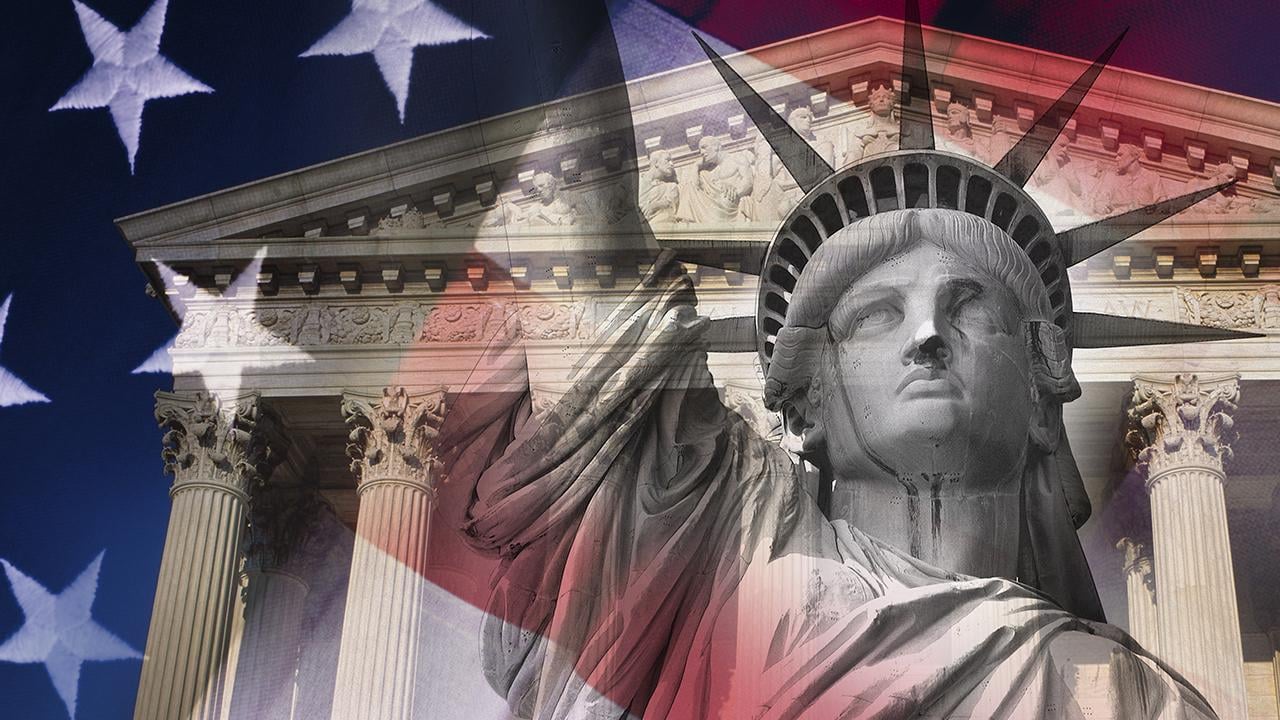
The Supreme Court of the United States (SCOTUS) announced on January 13, 2023, that it would resolve the case, Billy Raymond Counterman v. The People of the State of Colorado, SCOTUS Dkt. No. 22-138. The full docket can be accessed here. The issue, in this case, relates to the burden of proof with respect to “true threats,” or unprotected speech as governed by the First Amendment and its exceptions.
The question presented to SCOTUS is whether the government must show that the speaker subjectively knew or intended the threatening nature of the statement or whether it is enough to show that an objective “reasonable person” would regard the statement as a threat of violence.
The facts of this case, according to SCOTUS filings, relate to numerous Facebook messages that were received by a Colorado female musician in 2014 that she interpreted as threatening, noting to her family that the messages frightened her. The musician eventually blocked the sender of the messages, Mr. Counterman, from her Facebook, contacted an attorney, reported Mr. Counterman to law enforcement, and obtained a protective order.
In 2016, a Colorado jury convicted him on multiple counts, including stalking. He was sentenced to four and one-half years in jail.
Prior to trial, the court denied a motion to dismiss filed by Mr. Counterman, noting the decision was based on the objective standard, which asks only whether a reasonable person would be frightened by the speech at issue, in this case, the Facebook messages. Employing the objective standard essentially forecloses judges and juries from considering evidence of a defendant’s mental state, i.e. intent, in a criminal matter.
Permitting prosecution without the government having to prove a defendant’s intent flies in the face of standard criminal law practice. Criminal convictions based on witness statements and written messages on social media alone could have a chilling effect on free speech and may further muddy the water with respect to the government establishing all elements of a crime were met, including requisite intent to commit a crime. Considering SCOTUS tackled a “true threats” case in 2015 reversing the criminal conviction in Elonis v U.S., 575 U.S. 723 (2015), an 8-1 decision that did not resolve the First Amendment issues nor set forth the final standard for lower courts to employ. It appears SCOTUS is now poised to tackle the more complex constitutional issues.
As usual, SCOTUS has a lot to unpack. Courts around the country have issued inconsistent decisions applying conflicting standards in these unusual types of cases involving a First Amendment issue underlying a criminal charge. SCOTUS is tasked with a balancing act in this case. The purely objective test may have a chilling effect on free speech. However, protecting reckless threatening statements may allow speech that should not be afforded First Amendment protection. Judges across our country in federal and state courts would likely appreciate guidance as to the differences between the standards.
To access the SCOTUS website for more information, please visit https://www.supremecourt.gov.






